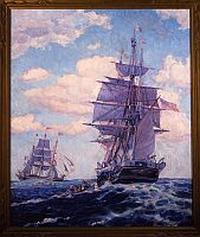 Happy Thanksgiving to those on this side of the pond and below the 49th parallel. (The Canadians celebrated the holiday in October.)
Happy Thanksgiving to those on this side of the pond and below the 49th parallel. (The Canadians celebrated the holiday in October.)
What do whaling ships, a child’s nursery rhyme, a female magazine editor, and Abraham Lincoln have to do with Thanksgiving? An updated repost.
Until the Civil War, Thanksgiving was a sporadically celebrated regional holiday. Today, Thanksgiving is one of the central creation myths of the founding of the United States, although not universally admired. The story is based on an account of a one-time feast of thanksgiving in the Plymouth colony of Massachusetts during a period of atypically good relations with local tribes.
The actual history of what happened in 1621 bears little resemblance to what most Americans are taught in grade school, historians say. There was likely no turkey served. There were no feathered headdresses worn. And, initially, there was no effort by the Pilgrims to invite the local Native American tribe to the feast they’d made possible.
Thanksgiving only became a national holiday in 1863. Before the celebration spread across the country, Thanksgiving was most popular in New England. On 19th-century American whaling ships, which sailed from New England ports, they celebrated only the Fourth of July, Thanksgiving, and Christmas. Of the three holidays, Thanksgiving may have been the most popular. On Norfolk Island in the Pacific, they also celebrate Thanksgiving, the holiday brought to the island by visiting American whaling ships.
Continue reading →
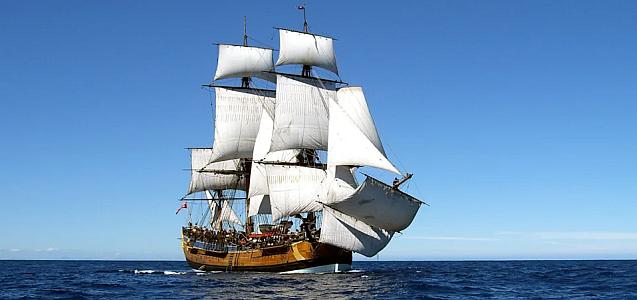

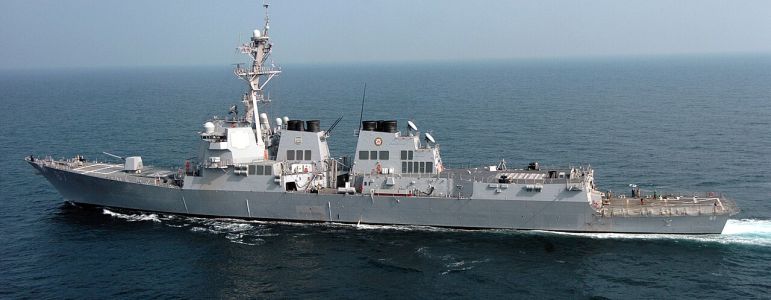 On Sunday, the Arleigh Burke-class destroyer
On Sunday, the Arleigh Burke-class destroyer 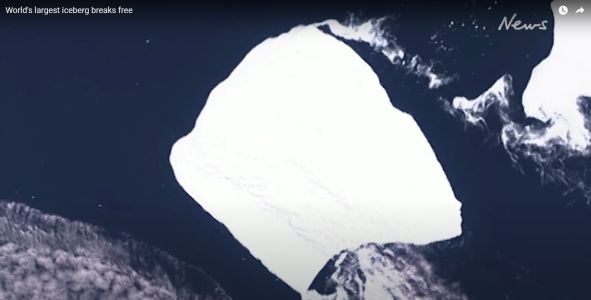 In 1986, a massive iceberg, almost five times larger than New York City, calved off West Antarctica’s Filchner-Ronne Ice Shelf. The iceberg, designated A23a, immediately grounded on the floor of the Weddell Sea, where it remained stuck for almost four decades.
In 1986, a massive iceberg, almost five times larger than New York City, calved off West Antarctica’s Filchner-Ronne Ice Shelf. The iceberg, designated A23a, immediately grounded on the floor of the Weddell Sea, where it remained stuck for almost four decades.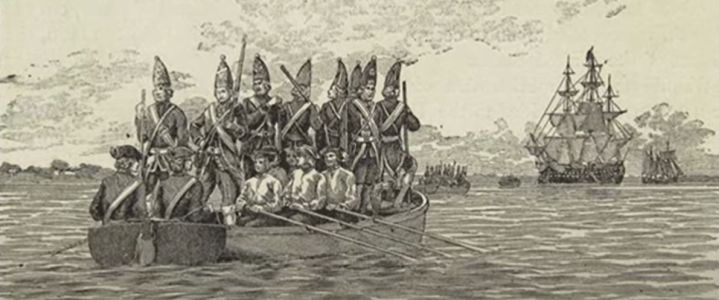
 Happy Thanksgiving to those on this side of the pond and below the 49th parallel. (The Canadians celebrated the holiday in October.)
Happy Thanksgiving to those on this side of the pond and below the 49th parallel. (The Canadians celebrated the holiday in October.) Yemen’s Houthi rebels seized the vehicle carrier
Yemen’s Houthi rebels seized the vehicle carrier
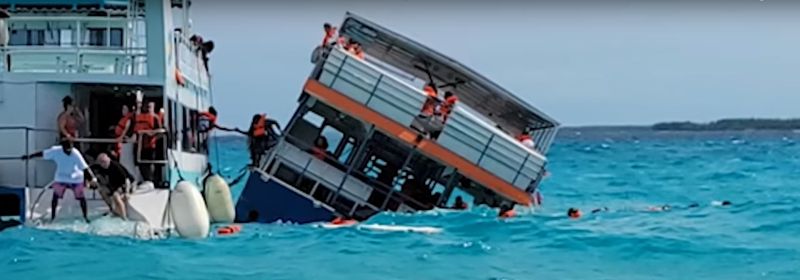 A popular, full-day excursion to
A popular, full-day excursion to  Intriguing news from
Intriguing news from  The world’s newest island has risen from the Pacific Ocean off the Japanese island of Iwo Jima after an underwater volcanic eruption that began toward the end of October. In just 10 days, volcanic ash and rocks built up on the shallow seabed, forming an island that emerged from below the water’s surface. The eruption has now subsided.
The world’s newest island has risen from the Pacific Ocean off the Japanese island of Iwo Jima after an underwater volcanic eruption that began toward the end of October. In just 10 days, volcanic ash and rocks built up on the shallow seabed, forming an island that emerged from below the water’s surface. The eruption has now subsided.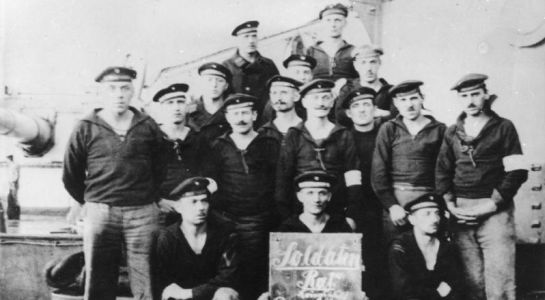
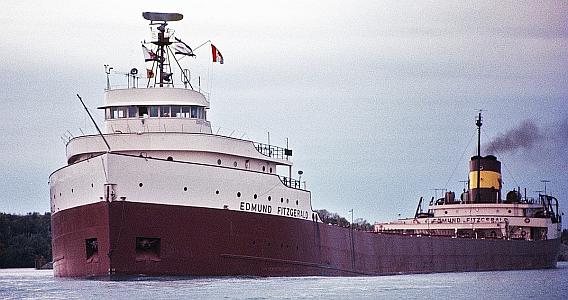
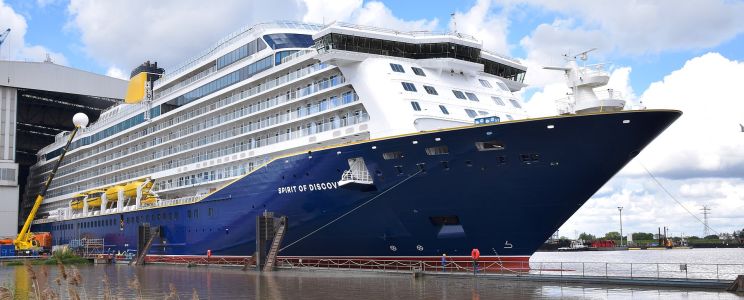 A disturbing account of the
A disturbing account of the  A wonderful story from
A wonderful story from 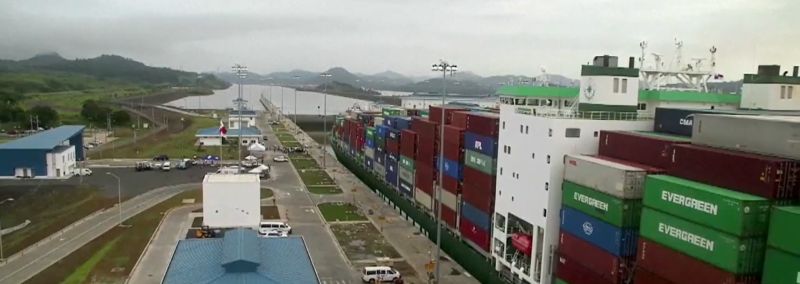 In August, we posted
In August, we posted 
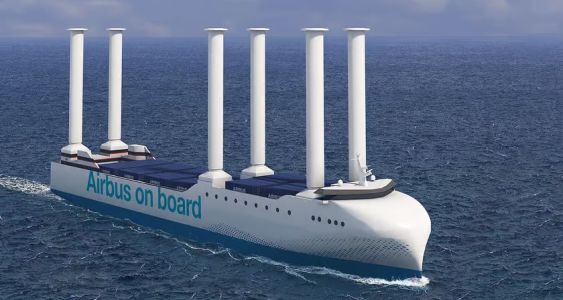 Of the various wind assist technologies available for commercial shipping, which is the most cost-efficient? It is likely, too soon to tell. AIrbus is reported to be trying two different approaches — retrofitting one existing ship with suction sails and building three new ships with Flettner rotors.
Of the various wind assist technologies available for commercial shipping, which is the most cost-efficient? It is likely, too soon to tell. AIrbus is reported to be trying two different approaches — retrofitting one existing ship with suction sails and building three new ships with Flettner rotors.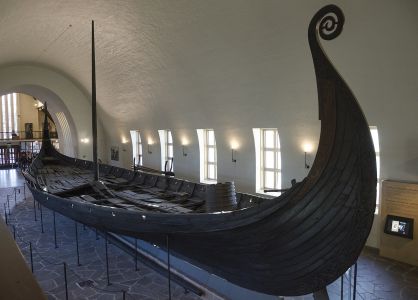 Here is a post suitable for Halloween. It is not a ghost story but rather the tale of two mysterious skeletons found in a
Here is a post suitable for Halloween. It is not a ghost story but rather the tale of two mysterious skeletons found in a  This afternoon, sailing south from Ålesund bound for Haugesund, on Hurtigruten’s
This afternoon, sailing south from Ålesund bound for Haugesund, on Hurtigruten’s